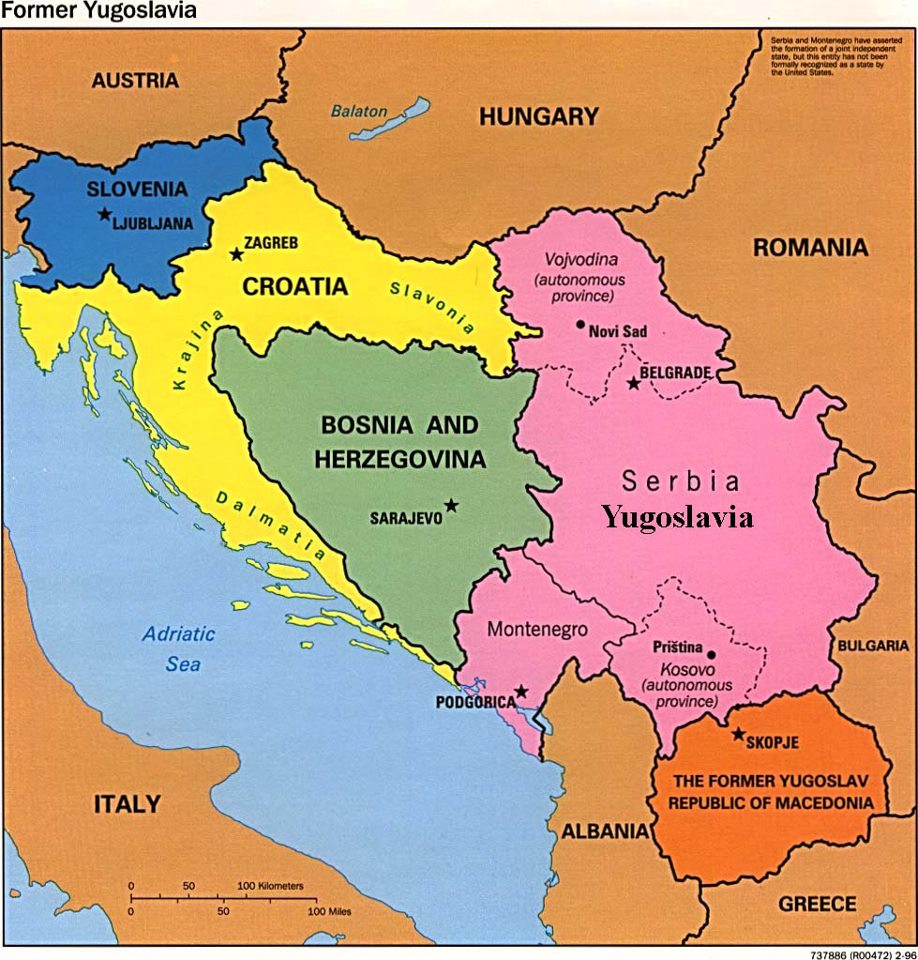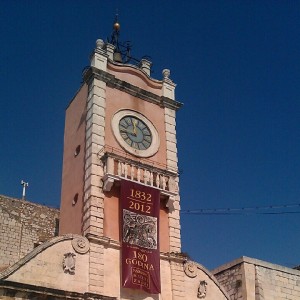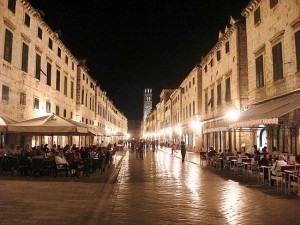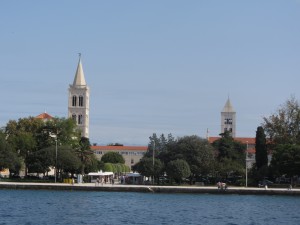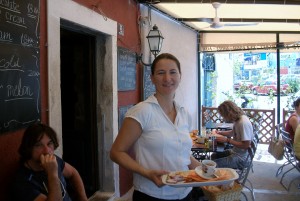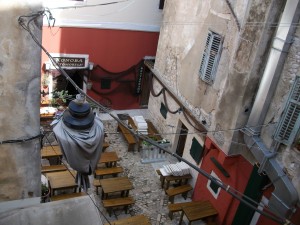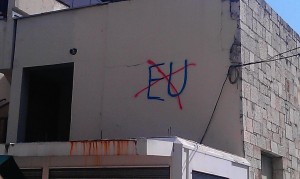Croatia had been on my list for years I loved it long before it was called Croatia in fact. In 1987 I worked with a chef from Yugoslavia in Munich years and he always talked about the beauty of his country. He then returned to fight in the war and we never heard from him again. Sadly like many he probably didn’t survive. His country is now divided into several countries and while I’ve been to some of them Bosnia Herzegovina, Croatia, Slovenia, Montenegro, there are several more. I nearly made it to Serbia twice and was hoping to go to Kosovo on this trip but there was an incident on the border and foreigners were advised to leave the region so I stayed longer in Croatia. Serbia has many stories of tourists being shaken down by the police so you it’s a personal choice if you go to countries like this. Personally I do. I’ll see Macedonia eventually also.
In reality my favourite European Country has had many rulers and has flown the flag of many countries in its rich history. My friend is from Dubrovnik and his father immigrated to the US when he was a teenager. When people asked him where he was from he answered, “I was born under the Austrian Flag”. That all changed and new as new countries were formed when your passport expired you became a person of no domicile. Of course Austria was not his home and geographically his country was located in a different region. His story is not unlike many from Europe when countries in Eastern Europe changed their borders when a citizen was living in another country, for example the former USSR. In reality I find most of Croatia more similar to Italy in landscape and food in restaurants etc. Venice of course ruled the coastal area of Croatia and that is so apparent still today but this coastal land would be taken by Austria following the Napoleonic Wars in 1815, opening the way for Croat consolidation. Despite foreign rule, Croatia’s genetic composition received little impact.
Croatia maintained its distinct culture, language and nationalistic identity throughout centuries of foreign rule, under nations such as Hungary, the Ottoman Empire and Austrian Empire. Upon the disbandment of the Austrian-Hungarian Empire at the conclusion of WWI in 1918, Croatia was added to the Kingdom of Yugoslavia. Like the other South Slavic nations who consolidated into this new nation-state, the Croats maintained their distinct nationality (in large part due to sectarian rivalries that persisted throughout the existence of Yugoslavia), until the break-up of Yugoslavia in 1991, resulting in an independent, sovereign Croat nation (Croatia)”.
Croatian Culture:
During the Renaissance and Enlightenment eras, Croatia was split among Venice, Austria and the Ottoman Empire, gaining exposure and access to various cultural influences and movements. The Venice coastal strip was highly influenced by the Italian Renaissance as a result, the most progressive movement within the larger European Renaissance.
Architectural landmarks represent this rich and diverse tradition. Even Roman architecture is well-represented along the Croatian coastlines.
Croatia in 2008:
Economy: Damaging warfare from 1991 to 1995 with Serbia set the economy back, causing it to miss the foreign investment dollars that poured into central and eastern Europe in the years immediately following the collapse of the Soviet Union. Has improved slowly in recent years, and is helped by tourism, as Croatia has become the 18th most popular tourist destination, but still far behind western European economies.
Government: Democratic Republic
Religion: Roman Catholic 88%.
Demographics: Croat 90%, Serb 5% (holdover from long time Serbian/Yugoslavian rule).
Foreign Policy: Joined NATO. Normalizing relations with Serbia after end of Yugoslavia Wars, where Croatia gained independence. Currently engaged in minor border disputes with Slovenia (along with disputes over territorial waters in Bay of Piran – Adriatic Sea), Bosnia and Serbia.
Population: 4,491,543 (2008)
European Parliament elections were held in Croatia for the first time on 14 April 2013 to elect twelve Members of the European Parliament. The members will serve the remainder of the Parliament’s 2009–2014 after Croatia enters the European Union on 1 July 2013. The country formed a single constituency, with members elected by proportional representation using open lists.
For more information on Croatia joining the EU see http://www.eu-pregovori.hr/default.asp?jezik=2
I will say that although a lot of the information I read regarding Croatia joining the EU, I never met a single Croatian who wanted it. All people I meet and met told me life was better under communism. Most I met were living on a pension or salary of $300.00 USD per month yet inflation had grown such that rent in cheaper cities was also $300.00 USD. I met many people who were in the process of moving back in with their parents as they couldn’t afford to pay their bills any longer. These people are working, they have jobs but inflation has priced them out of their own countries, this includes married couples with families. It makes me cringe as many of my friends in Ireland, Spain and Italy for example remember joining the EU and also remember the huge price hike especially in property prices.
Sources:
http://www.worldology.com/Europe/Europe_Nations/Croatia/
http://www.travelandleisure.com/articles/post-war-persistence?page=1
